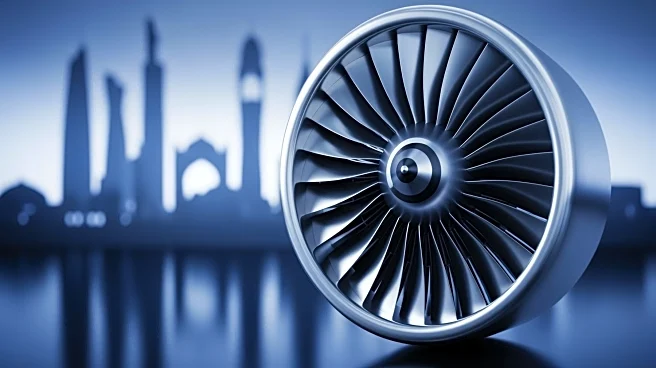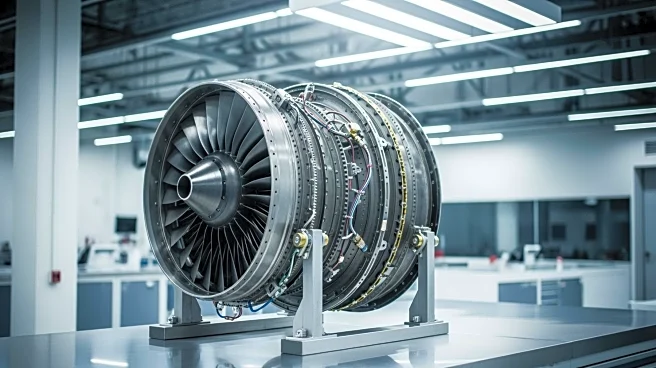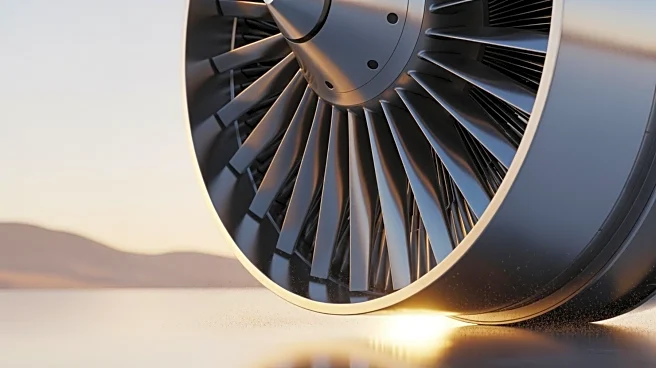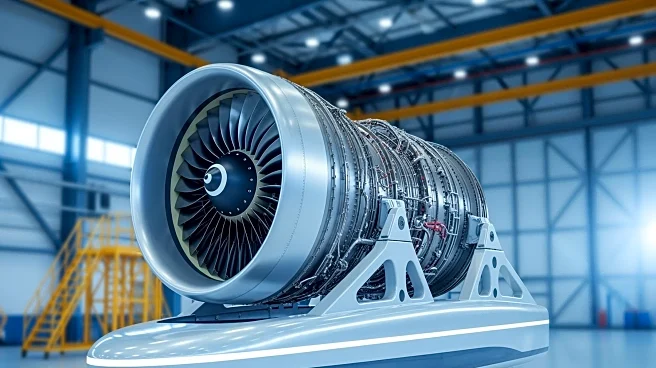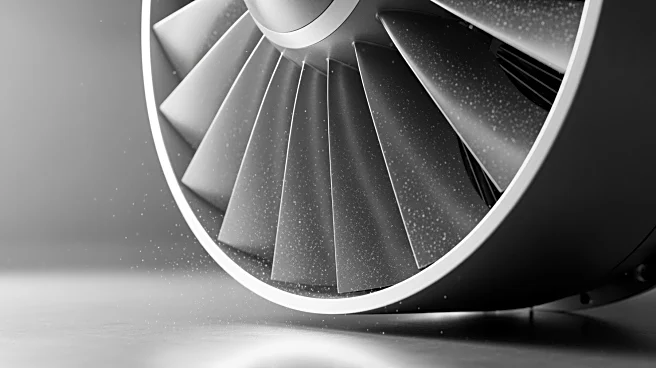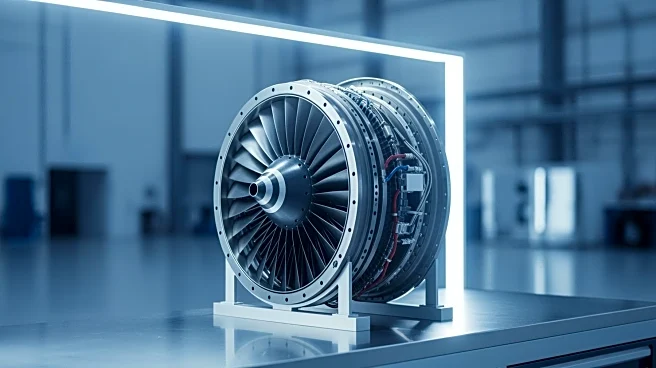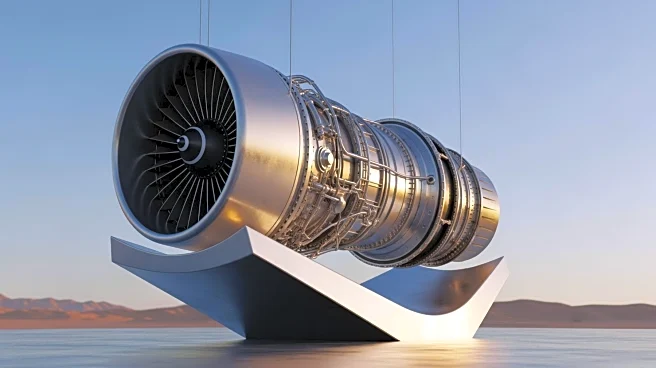What's Happening?
Rolls-Royce is actively working to regain its market share in the Boeing 787 engine sector by enhancing the durability of its Trent 1000 XE engines. The company has introduced a high-pressure turbine upgrade,
which has shown promising results in improving engine reliability and time-on-wing performance. This development follows a series of losses to competitor GE Aerospace's GEnx-1B engines. Rolls-Royce is optimistic about winning future campaigns and has expanded its maintenance, repair, and overhaul (MRO) capacity to support the transition of its Trent 1000 TEN fleet to the XE standard by 2027.
Why It's Important?
Rolls-Royce's efforts to improve its engine offerings are crucial for maintaining competitiveness in the aerospace industry, particularly in the lucrative Boeing 787 market. Enhancements in engine durability can lead to reduced operational costs for airlines, making Rolls-Royce engines more attractive. The company's focus on innovation and reliability is essential for rebuilding its reputation and market position. Success in this endeavor could lead to increased orders and partnerships, impacting the broader aerospace sector and related economic activities.
What's Next?
Rolls-Royce plans to continue rolling out improvements to its Trent 1000 engines, with further enhancements expected in 2026. The company is committed to transitioning its entire fleet to the XE standard by the end of 2027, which could significantly boost its market share. As Rolls-Royce implements these upgrades, it may face competitive pressures from GE Aerospace and other industry players. The outcome of these efforts will likely influence future engine development strategies and partnerships within the aerospace sector.



